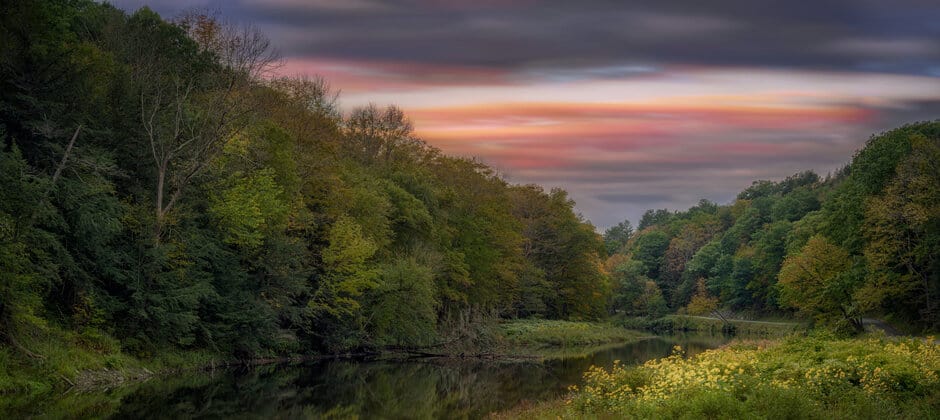Share this article
Task force brings together federal, state wildlife agencies
State and federal wildlife officials have formed a new task force intended to improve coordination on landscape-scale projects.
The Landscape Conservation Joint Task Force brings together the Association of Fish and Wildlife Agencies—an organization representing state, tribal and provincial wildlife agencies—and top officials with the U.S. Fish and Wildlife Service. The USFWS director and the AFWA president serve as co-chairs.
“This is an effort to unify and amplify existing programs, priorities and partnerships,” said Tony Wasley, AFWA’s president and the director of the Nevada Department of Wildlife.
The task force grew out of previous efforts between state and federal wildlife agencies to find better ways to work together on conservation efforts at large scales that may transcend state boundaries. Organizers hope it will lead to more consistent regional approaches and remove barriers between jurisdictions. Its charter calls for providing a “unified approach for working together and with other partners to meet the needs of fish and wildlife conservation at landscape scales.”
“We are committed to working with states, tribes, Congress and all stakeholders to conserve the full diversity of wildlife that is essential to supporting America’s economy and well-being,” said Shannon Estenoz, Department of the Interior’s Assistant Secretary for Fish and Wildlife and Parks, in a press release.
Estenoz said the group will “complement the goals” of the proposed Recovering America’s Wildlife Act, a bill intended to direct $1.3 billion annual to state fish and wildlife agencies to implement wildlife action plans and provide an additional $97.5 million for tribal fish and wildlife agencies.
“This task force is notable as it enables the Service and AFWA to work side by side on shared collaborative conservation objectives and ultimately deliver lasting conservation,” said Martha Williams, the Service’s principal deputy director, who is awaiting Senate confirmation to serve as director.
Organizers see the task force as a way to improve communication and coordination on regional initiatives, including the Southeast Conservation Adaptation Strategy, the Midwest Landscape Initiative, Nature’s Network in the Northeast and new efforts in the West.
“It’s kind of a simultaneous bottom-up, top-down approach, where neither could be successful in and of itself,” Wasley said, adding that it can also help states respond to national efforts, like the America the Beautiful Initiative, which calls for setting aside 30% of U.S. lands and waters for conservation by 2030. “It helps us have a consistent target, a consistent approach, through a durable process.”
Task force members plan to hold their first meeting online in late January or early February, meet in person at the North American Wildlife and Natural Resources Conference in March, and continue with meetings at least quarterly. The 10-member group will include five members from the AFWA executive committee, the USFWS director and assistant director of science applications, and three USFWS regional directors.
Header Image: Some conservation projects, like the Connecticut River watershed project in the Northeast, extend beyond agency jurisdictions. A new Landscape Conservation Joint Task Force between the U.S. Fish and Wildlife Service and the Association of Fish and Wildlife Agencies will focus on those efforts. Credit: Diana Robinson








